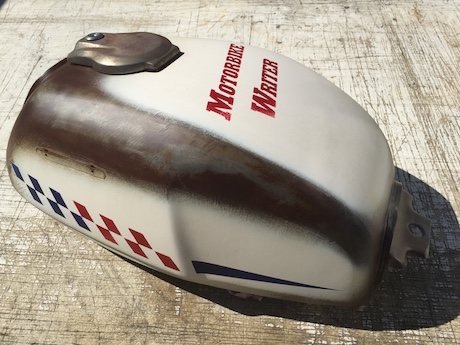Before modern bikes introduced fuel warning lights, fuel gauges and precise computer readouts for fuel consumption and range to empty, running out of fuel was a common occurrence.
The bike would momentarily lose power and you would reach down with your left hand and fiddle for the fuel tap to switch it to reserve, then find the nearest service station.
These days, bikes have all sorts of computerised functions to not only tell you how much is in the tank and range to empty, but to even escort you to the nearest garage.
Somehow that takes the adventure out of it.
Recently, I ran dry on my 2010 Triumph Scrambler which has a warning light, although this one is broken.
As a rule, I reset the trip meter to zero when I fill up and start looking for a servo about 220km.
However, the last time I had fuelled up, I had forgotten to rest the trip meter until about 50km.
So when I decided to take the Scrambler for a ride recently I had forgotten about forgetting to rest the trip meter until 50km.
However, I gave the tank a tentative shake and heard a bit of splashing and was confident that with about 190km on the trip meter, I had plenty of time to find a servo.
But then Murphy’s Law took over and on the longest stretch of road without a service station in sight, the bike began to surge and finally die.
No fuel tap to resort to, I pulled the clutch, dropped down on to the tank and streamlined for as long as possible before coasting to a stop on a long and steady uphill section.

With carbies, you used to shake the bike and maybe lie it down on each side to get some gas out of the tank and into the carby.
That usually doesn’t work with EFI systems with pressurised fuel systems, but I thought I would give it a go in case there was some fuel in the tank that hadn’t been sucked out.
Guess what! It worked.
There was just enough to get me over the rise, then it was a long downhill coast to the nearest service station.
Rookie error solved by old-hand experience.
Tell us about your empty tank adventure.


